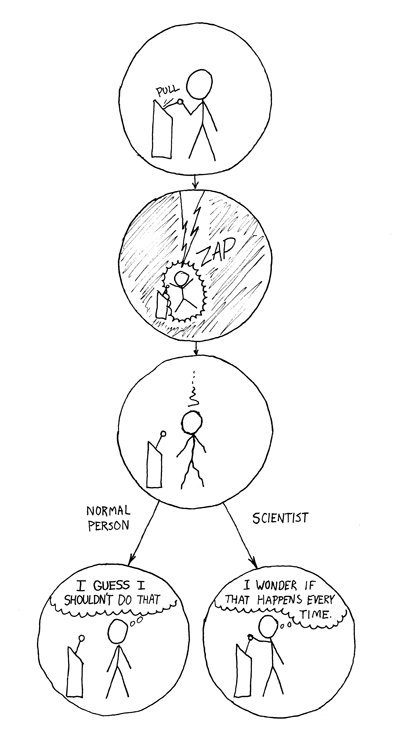The New Yorker has published a long piece on Banksy, sub-titled “The invisible man of graffiti art”. Banksy is the famous, but anonymous, UK graffiti artist whose work is a mix of cheeky social commentary and plain fun. Not much is known for sure, but the article writes:
This much is certain: around 1993, his graffiti began appearing on trains and walls around Bristol; by 2001, his blocky spray-painted signature had cropped up all over the United Kingdom…
Since street art is ephemeral, he occasionally issues books filled with photographs of his work, accompanied by his own text. He self-published his first three volumes, â??Existencilism,â?? â??Banging Your Head Against a Brick Wall,â?? and â??Cut It Out.â?? His latest, â??Wall and Piece,â?? was published by Random House and has sold more than two hundred and fifty thousand copies…
Ralph Taylor, a specialist in the Sothebyâ??s contemporary-art department, said of Banksy, â??He is the quickest-growing artist anyone has ever seen of all time.â?? Banksy responded to the Sothebyâ??s sale by posting a painting on his Web site. It featured an auctioneer presiding over a crowd of rapt bidders, with the caption â??I canâ??t believe you morons actually buy this shit.â??

Besides his own website and his books there are plenty of images on Flickr (over 18000 images) that have been attributed to Banksy. They may be originals or simply followers of the Banksy style.



